The cost of traffic congestion
Don’t you just love wasting time in traffic? No one else does either.
Dealing with traffic congestion isn’t just an annoyance. According to the American Transportation Research Institute, traffic jams cost the trucking industry $74.5 billion in 2016 and resulted in an estimated 1.2 billion lost hours of productivity.
“It is the equivalent of over 425,000 truck drivers sitting still for an entire year,” said Rebecca Brewster, ATRI President.
The cost of bottlenecks
In February, ATRI released its 2019 Top Truck Bottleneck List, which considers the amount of congestion trucks face at 300 different trouble spots on the nation’s highways.
The analysis, based on truck GPS data from nearly 1 million heavy duty trucks, uses several customized software applications and analysis methods along with data from trucking operations to produce a congestion impact ranking for each location.
“Congestion is a persistent issue for our industry and our company specifically. For UPS, if all of our vehicles are delayed just five minutes a day, every day, it costs our company $114 million a year…Using data like ATRI’s bottleneck report can help both companies and elected officials to make more informed decisions.”
With 13 sites, Texas was the state with the most truck bottlenecks. According to the press release, the intersection of I-95 and SR 4 in Fort Lee, New Jersey sits on top of ATRI’s list as the Number One freight bottleneck in the country. The rest of the Top 10 includes:
Atlanta: I-285 at I-85 (North)
Atlanta: I-75 at I-285 (North)
Los Angeles: SR 60 at SR 57
Houston: I-45 at I-69/US 59
Cincinnati: I-71 at I-75
Chicago: I-290 at I-90/I-94
Nashville: I-24/I-40 at I-440 (East)
Atlanta: I-20 at I-285 (West)
Los Angeles: I-710 at I-105
Their analysis also found that “year-over-year truck speeds across the top 10 locations dropped by an average of nearly 9 percent as congestion worsened along the nation’s busiest freight roadways.”
Focusing on the 12%
While politicians on both sides of the aisle can agree that this is a very real problem for the American infrastructure and economy, seeking sweeping improvements for our D+ roads and bridges can seem like a daunting task.
In his State of the Union address, President Donald Trump called on "parties to unite for a great rebuilding of America's crumbling infrastructure." U.S. House Chairman of the Committee on Transportation and Infrastructure Peter DeFazio is trying to find long-term solutions for the nation’s infrastructure package.
But what if fixing just 12% of our interstate miles could help remedy traffic congestion, conserve fuel, and cut down on emissions?
ATRI reports new findings
ATRI released a new report last week estimating that congestion raised the trucking industry’s fuel consumption by 6.87 billion gallons in 2016, increasing fuel expenditures by $15.74 billion. Their report quantifies how improvements to our nation’s highway infrastructure can help conserve fuel and reduce emissions.
So where does this 12% figure come from?
The newly-released report is the second case study ATRI has compiled as part of its “Fixing the 12%” research initiative. In the previous study, ATRI discovered that a vast majority of the trucking industry’s congestion costs (89% to be exact) stem from only 12% of interstate miles.
ATRI estimated the fuel consumption and emissions impact of congestion at one of the worst traffic bottlenecks in the country: the interchange of Interstate 285 and I-85 in Atlanta, a trouble spot known locally as Spaghetti Junction.
According to Transport Topics, in this study ATRI used their specialized truck GPS database to ascertain vehicle speeds by time of day. They also referred to emissions factors derived from the U.S. Environmental Protection Agency’s state-of-the-science emissions model and daily trip totals collected by the Georgia Department of Transportation.
Here’s what ATRI’s study revealed:
Less congestion means faster speeds, which results in money saved in fuel costs.
As of right now, average vehicle speeds at Spaghetti Junction are as slow as 14 mph during the typical weekday evening commute. The ATRI claims that upping the average vehicle speeds to 55 mph could save 4.5 million gallons of fuel annually, benefitting both local commuters and trucking companies.
It’s about more than just saving money on fuel.
According to the study, decreased emissions were estimated to be 17% for fine particulate matter; 5.5% for smog-forming nitrogen-oxide emissions and 8% for carbon dioxide emissions, according to the study.
What do you think about the idea of fixing the 12% of interstate miles that cause 89% of the trucking industry’s congestion costs? Could this be a viable first step toward fixing the nation’s infrastructure?


